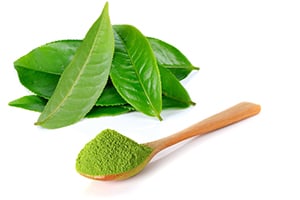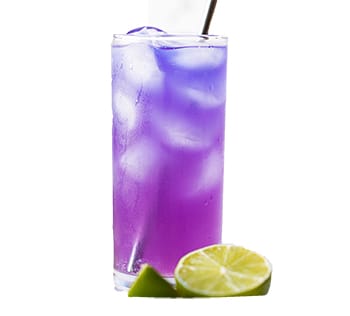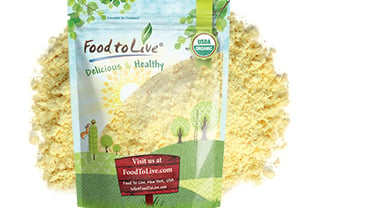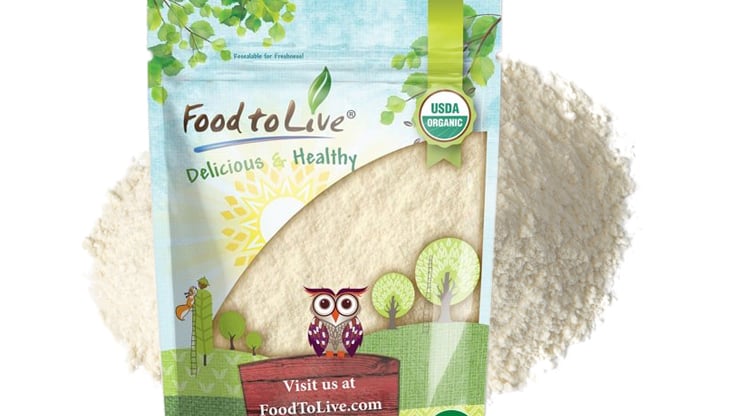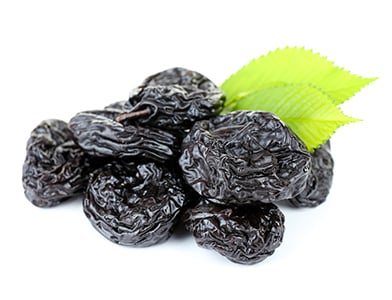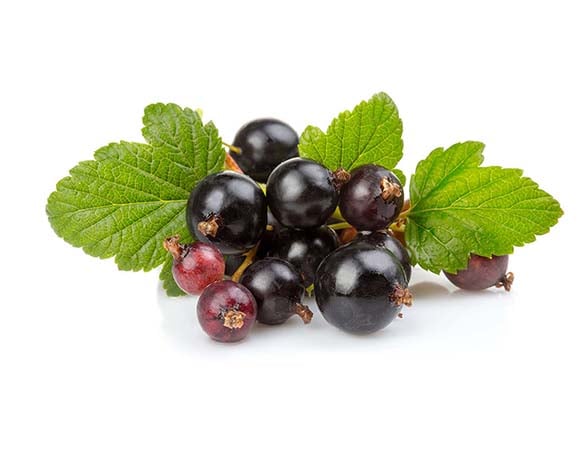October 23, 2021 · Written by Foodtolive Team
Butterfly Pea Powder: Nutrition, Health Benefits and Uses

For people living in the Asian part of the globe, butterfly pea powder is not a new phenomenon, in-fact, it is regularly used as a natural food coloring agent, cosmetic additive, and even as a remedy. Others, however, are not so much familiar with the flower. So, what should you as a real epicure know about this product?
Butterfly pea powder is a natural purple and blue pigment used in drink and food production. The powder itself is made of dried Butterfly Pea flowers, scientifically known as Clitoria ternatea and commonly known as Asian pigeonwings, blue pea, bluebellvine, cordofan pea and Darwin pea. In Southeast Asia people use these flowers to make tea also known as blue matcha. Fresh blue flowers are gently collected, their impurities are removed, and then they’re sun-dried and crushed into powder. Blue butterfly pea powder does not contain calories, and its dark blue color comes from naturally present anthocyanins, which not only produce a beautiful pigment but also act as antioxidants. In Thailand, they make a blue drink commonly known as dok anchan – a wonderful brain boosting herb native to tropical equatorial Asia.
Butterfly pea powder tea is another amazing drink worth mentioning. It is prepared from the flowers of ternate and dried lemongrass. Blue Butterfly Pea Flower is a culinary chameleon! It changes color depending on what is added to the liquid. Just add this powder into lemon juice and it turns purple. This almost magical trick is often used by bartenders; it is in fact, mesmerizing!
People from Eastern Malaysia add a few buds of this flower while cooking white rice to achieve a bluish tinge; it is unique, beneficial and looks very attractive on the plate.
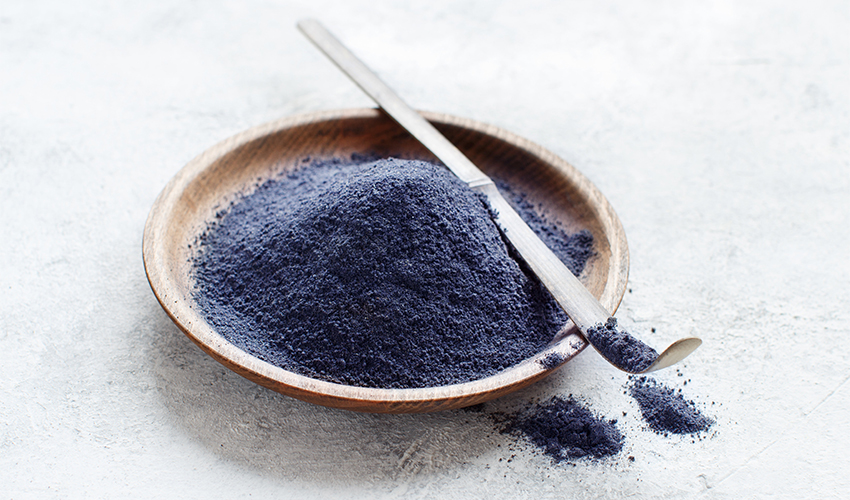
Incredible Butterfly Pea Powder Benefits
Being rich in bioflavonoids, butterfly pea can promote hair growth and reduce hair graying. Consuming this beautiful flower powder is equally good for memory enhancement, as an anti-stress, anxiolytic, and antidepressant. Even a few sips of butterfly pea powder tea have soothing properties.
Blue tea improves blood circulation in the fundus and nourishes the retina, relieving the symptoms of tension under heavy eye strain. They also treat cataracts and glaucoma, in fact you can find butterfly pea as an ingredient in some eye drops. Drinking blue tea reduces the risk of tooth decay. Moreover, blue matcha inhibits the absorption of glucose, thus it maintains a balanced blood sugar level, which is beneficial for diabetics.
*This product does not prevent or cure any diseases.
Butterfly pea powder health benefits also include helping your body fight the damage caused by free radicals like inflammation and signs of skin aging. Being rich in antioxidans, butterfly pea flower powder improves blood circulation in the small blood vessels of the body.
Our nervous system plays an important role in the metabolism of the whole organism, and butterfly pea flower is composed of compounds that have the ability to improve the function of the nervous system. Further, this flower is also great for the brain and the cognitive function. In Asian countries, butterfly pea flower was once used to treat venomous snake and insect bites.
* If you have a snake or an insect bite, we recommend consulting with a medical specialist first.
Since the flowers of this herb produce a blue concentrate, they are added to various hair care products to stimulate healthy hair growth. It enhances blood circulation to the scalp and nourishes and strengthens hair follicles. In Thailand, butterfly pea flowers are used to rinse hair; and they are equally used as a natural substitute for chemical hair dyes.
Fresh petals of this plant are boiled in water to prepare syrups and sherbets.
The use of these syrups and sherbets helps to improve sperm quality, as well as relieves fatigue, while healing the body. They also work to strengthen your body for vitality. The seeds and roots of this herb are dried and ground to treat fever. Consequently, it helps with weakness, gas in the stomach, and dyspepsia.
To cut a long story short, the top benefits of butterfly pea powder are the following:
- Boosts brain health
- Lowers blood pressure
- Helps with digestion
- Serves as antidepressant
- Strengthen healthy hair growth
- Keeps skin glowing and protects it from premature aging
- Good for eyesight
- Aphrodisiac properties
- Caffeine free
- Rich in anti-inflammatory compounds
Considering all pros of butterfly pea powder, you probably wonder if there are any possible side effects. Bear in mind that overconsumption is not recommended, as some of its dynamic ingredients can cause harmful effects in the long run.
Also, pregnant and lactating women are advised to consult their doctor before drinking blue tea.[1]
Is it safe to eat butterfly pea powder every day?
Yes, it is absolutely safe to consume it unless you have an allergy.
2000 calories a day is used for general nutrition advice.
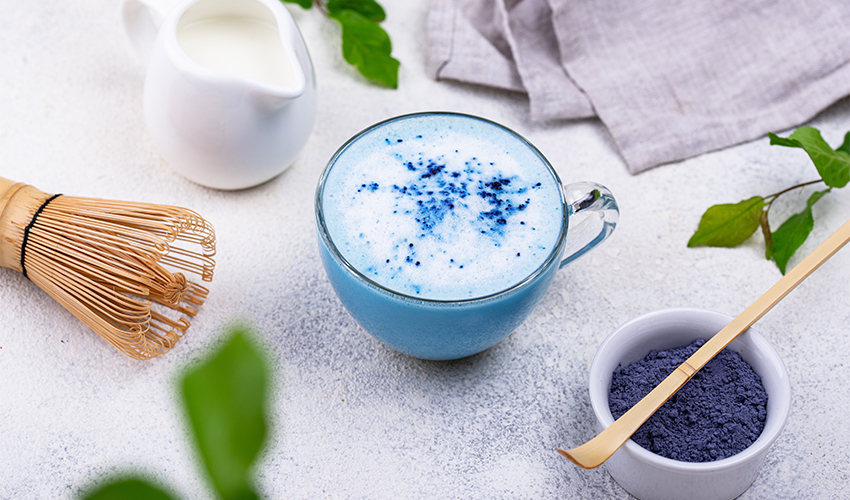
Culinary uses & ideas
- Brew your own butterfly pea flower tea just by mixing 1/2 tsp of powder in 16 oz of liquid.
- Rinse 2 cups of white rice. Then add it to cooker bowl. Add ½ tsp of Food to Live Butterfly Pea Flower Powder, 3 tbsp oil, a pinch of salt, and 4 cups of water. Stir well and place in a slow cooker. Enjoy Rainbow Blue Butterfly Pea Rice!
- If you are a coffee person, try making butterfly pea latte. You will need milk (of your choice), butterfly pea powder, maple syrup or honey (or other sweetener of your choice). Heat milk over the stove and whisk your tea powder in while it heats. To make the latte, whisk 1 teaspoon of butterfly pea powder and 1 teaspoon of maple syrup or honey in with about 1/8 cup of your milk in a mug. [2]

What makes butterfly pea powder so special?
Butterfly pea powder is a natural nootropic due to a good content of anthocyanins, which means it can enhance memory or other cognitive functions. Its glamorous color is an irreplaceable natural dye for lattes, pancakes, smoothies, cocktails, and all the baked goodies in the world. Not only is its color fascinating, but it also presents with a unique aftertaste.
You may expect it to taste fruit-like but it’s actually herbal, grassy and somewhat earthy.[3]
As far as the nutrition value is concerned, it is loaded with vitamin A, C and E. So challenge your taste, and don’t be afraid to try something new!
Sources:
- https://teahow.com/blue-tea-benefits-side-effects-everything-you-need-to-know/
- https://thehintofrosemary.com/butterfly-pea-latte/
- https://thrivecuisine.com/taste-test/what-does-butterfly-pea-taste-like/

